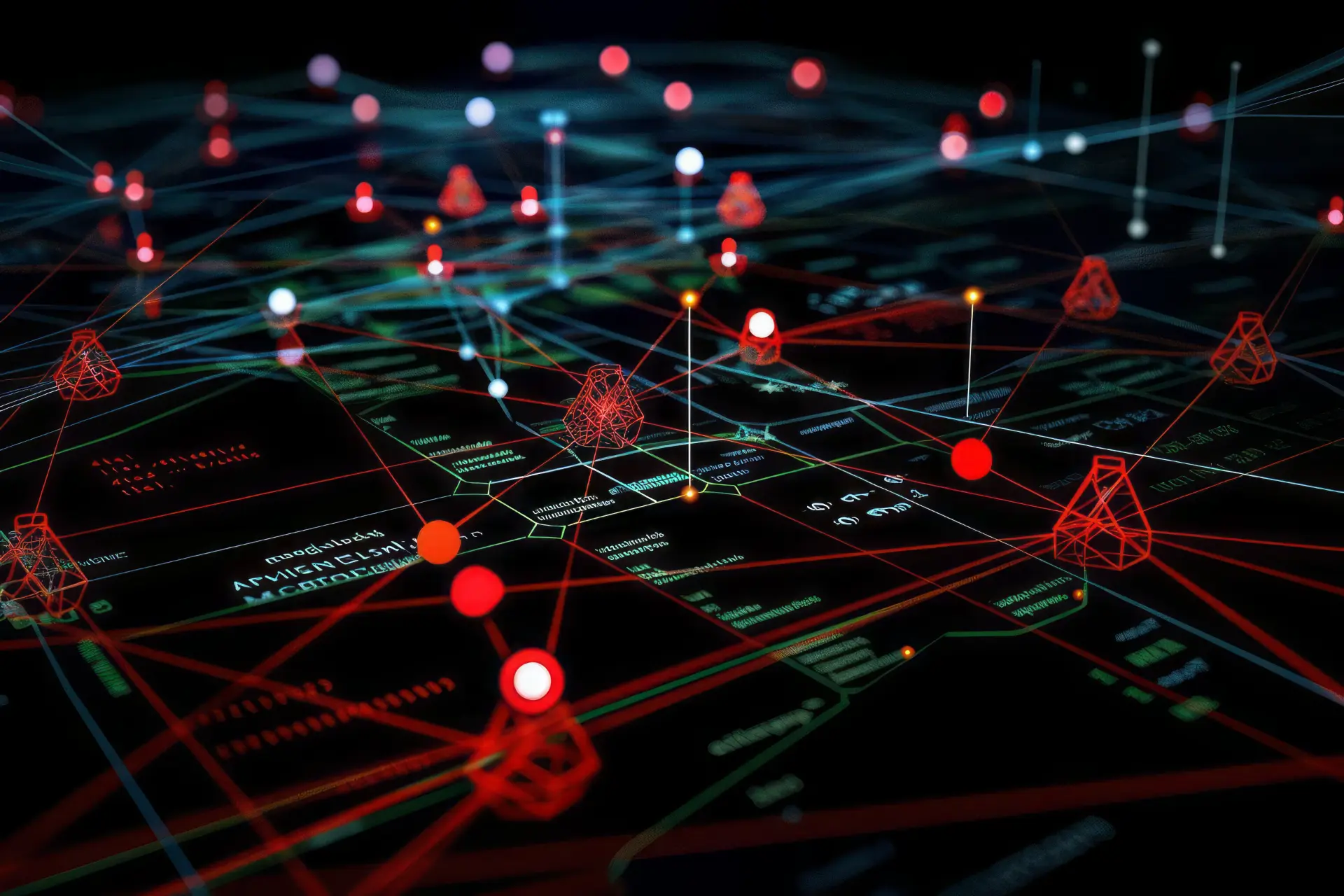Table of contents
- Salt Typhoon: a persistent and dangerous threat
- A state-sponsored operation?
- Attacks on critical infrastructures
- The role of geopolitics and the United States’ responses
- A threat beyond cyberspace
Salt Typhoon is a name gaining notoriety in the world of cyber security, associated with a series of advanced and persistent cyberattacks targeting critical infrastructures, businesses, and government agencies in the United States and beyond.
Salt Typhoon: a persistent and dangerous threat
This Chinese hacking group, believed to be state-sponsored, has drawn the attention of experts, companies, and authorities such as the FBI and CISA, becoming a focal point in the growing tension between the United States and China over national security.
The name “Salt Typhoon” reflects the hacking group’s complex and storm-like strategies, seemingly aimed at gaining full control over fundamental digital infrastructures.
Their actions represent not only a form of cyber espionage but also undermine global trust in service providers such as AT&T, Verizon, and Lumen Technologies, often implicated in attacks or exploited vulnerabilities.
A state-sponsored operation?
Investigations by agencies like the FBI and CISA suggest that Salt Typhoon is directly or indirectly supported by the chinese government.
This alignment with the state makes the group one of the most alarming examples of Advanced Persistent Threats (APTs), threats that infiltrate target systems for long periods.
Cyber security experts and political analysts, such as Senator JD Vance, see Salt Typhoon as a key element in China’s strategy to acquire sensitive information and disrupt geopolitical balances.
According to the New York Times, the group has gained access to critical government and military data, intensifying fears of large-scale cyber espionage.
Attacks on critical infrastructures
One of Salt Typhoon’s defining characteristics is its ability to attack critical infrastructures with surgical precision. Recent attacks have involved power grids, telecommunication systems, and internet service providers.
Prominent companies like Lumen Technologies have been targeted, but the damage has also extended to local and regional governments.
Cyber security experts emphasize that these attacks are designed to create long-term disruption, endangering fundamental sectors of modern society.
Salt Typhoon’s actions have prompted U.S. authorities to issue court orders to protect and repair affected infrastructures, with increasing involvement from law enforcement agencies.

The role of geopolitics and the United States’ responses
Salt Typhoon’s rise cannot be separated from the global geopolitical context.
Both the Donald Trump administration and the current U.S. leadership have repeatedly denounced the chinese government’s role in supporting threat actors like this hacking group.
Collaboration among government agencies, cyber security experts, and major tech companies has led to the development of more advanced defense strategies.
However, the FBI and CISA warn that the threat landscape evolves rapidly, requiring continuous efforts to counter such sophisticated actors.
A threat beyond cyberspace
Salt Typhoon is not just a technical or digital problem. Its actions represent a direct attack on U.S. national security and the values of democratic society.
Through coordinated cyberattacks and infiltration strategies, the group demonstrates how cyber security is now central to the competition between global powers.
Businesses and governments must grapple with the reality that any system connected to the internet can become a target.
Salt Typhoon has shown that even leading telecommunications providers like AT&T, Verizon, and Lumen Technologies can be vulnerable.
Conclusions
Salt Typhoon symbolizes the contemporary challenges in the world of cyber security. These state-sponsored chinese hackers represent a new generation of threat actors, operating in highly coordinated ways to compromise stability and international security.
Collaboration among governments, businesses, and civil society is essential to confront these evolving threats and protect the critical infrastructures underpinning modern society.
Questions and answers
- What is Salt Typhoon?
Salt Typhoon is a state-sponsored Chinese hacking group known for targeted cyberattacks on critical infrastructures and government agencies. - Is Salt Typhoon sponsored by the Chinese government?
Yes, according to the FBI and CISA, the group is linked to the Chinese government and operates as an Advanced Persistent Threat. - What are Salt Typhoon’s main targets?
The group targets critical infrastructures, telecommunication systems, tech companies, and governments for cyber espionage. - Which companies have been affected by Salt Typhoon?
Companies like Lumen Technologies, AT&T, and Verizon have been impacted. - How does the United States respond to Salt Typhoon attacks?
The U.S. collaborates with agencies like the FBI and CISA to enhance cyber security and protect critical infrastructures. - What is the link between Salt Typhoon and national security?
The group’s attacks endanger sensitive data and key infrastructures essential to U.S. national security. - Why is Salt Typhoon considered an Advanced Persistent Threat?
The group uses sophisticated strategies and operates within compromised systems for extended periods. - Which sectors are most vulnerable to Salt Typhoon attacks?
Energy sectors, telecommunications, local governments, and critical infrastructures are particularly vulnerable. - How can a network be protected from Salt Typhoon attacks?
Investing in advanced security systems, constant monitoring, and collaboration with authorities are crucial steps. - Is Salt Typhoon a recent phenomenon?
The group’s activities have emerged in recent years but have grown in complexity and frequency over time.


